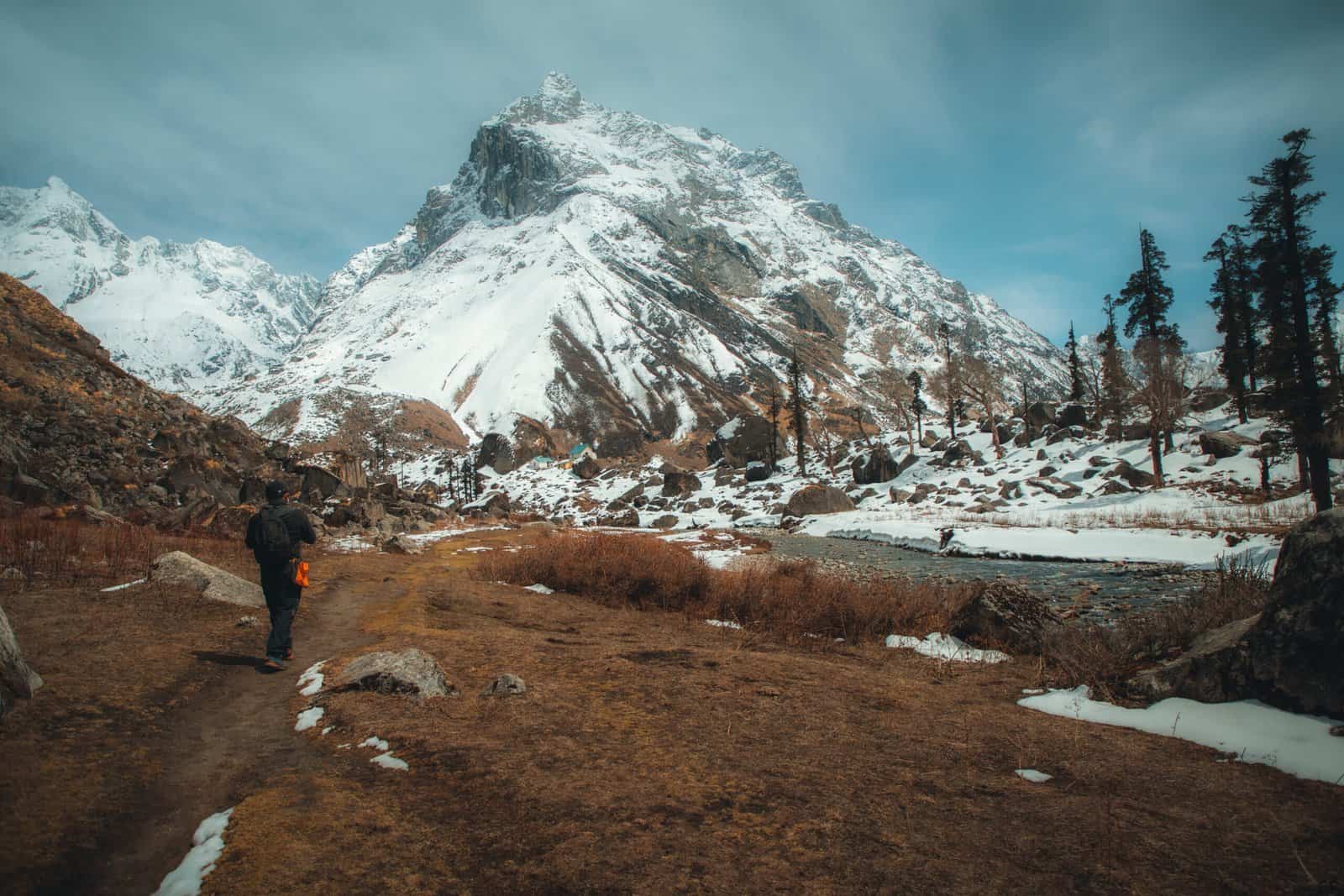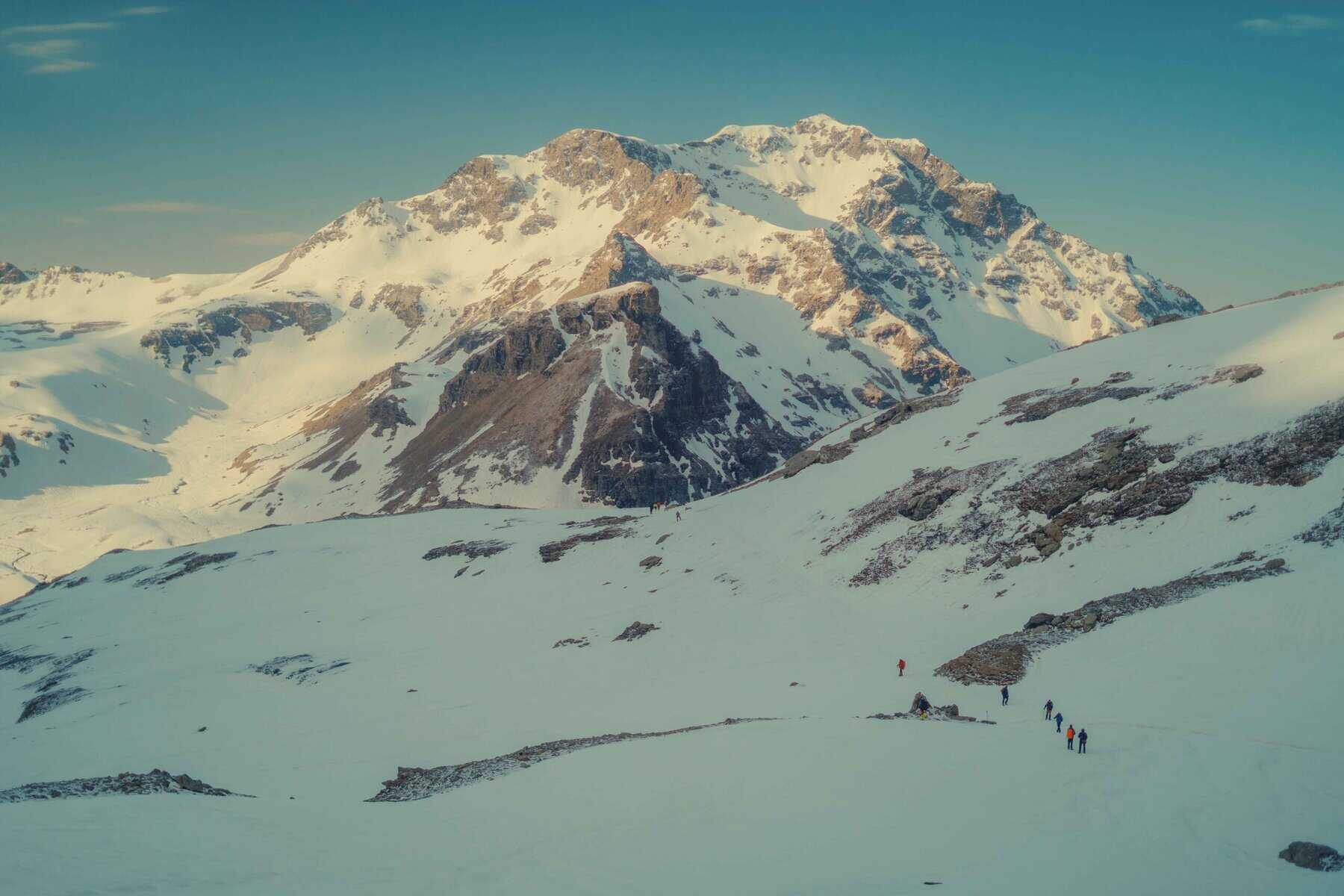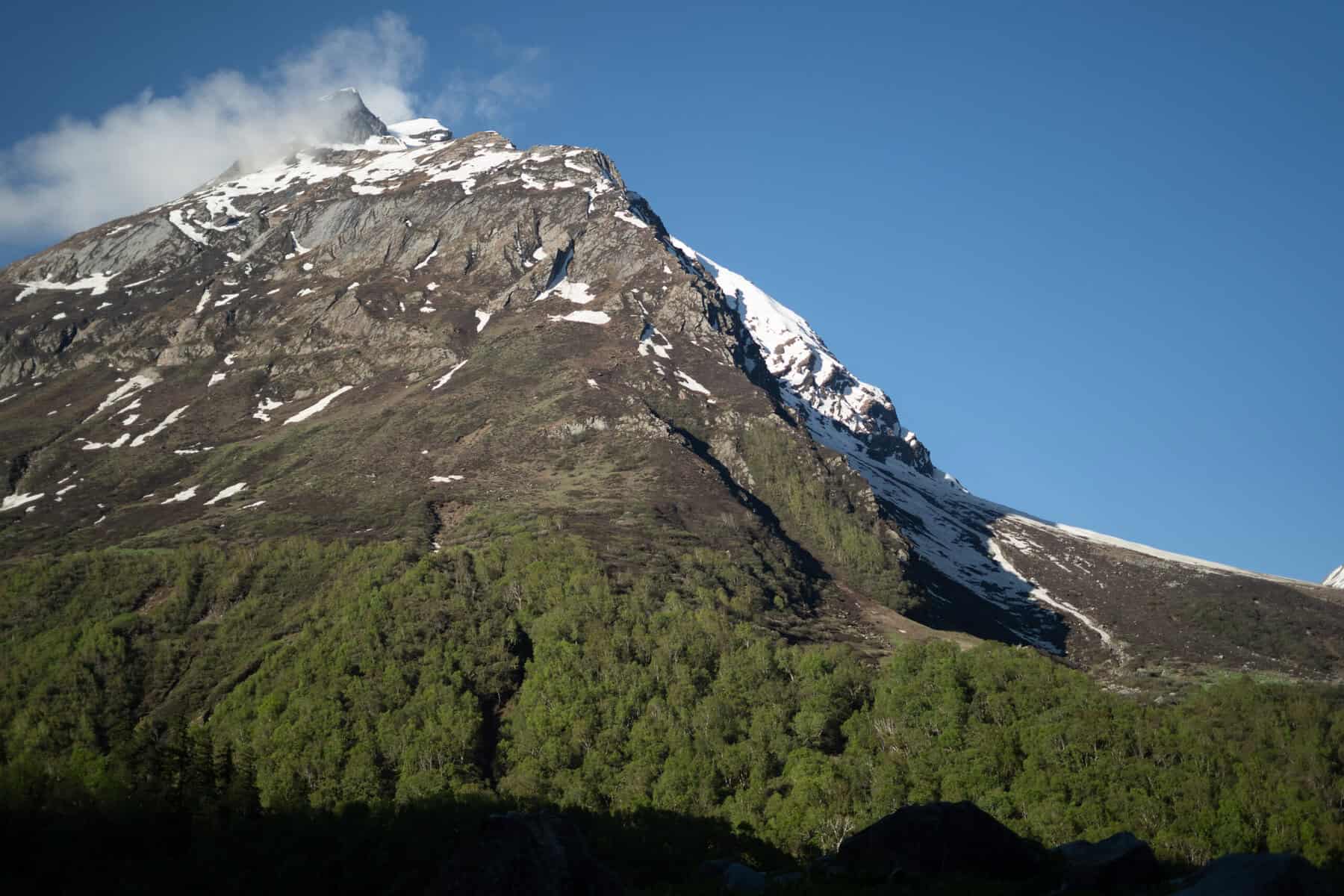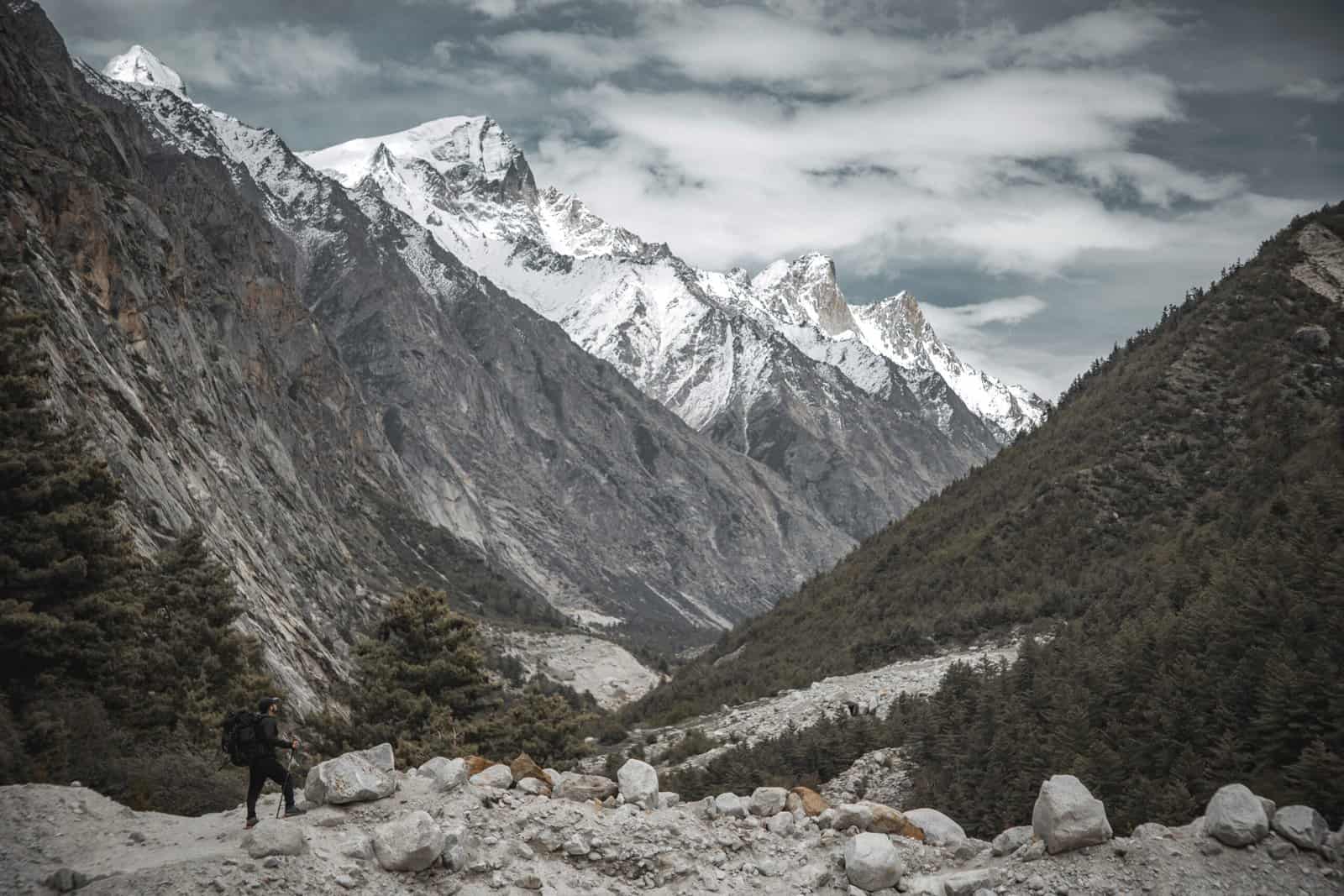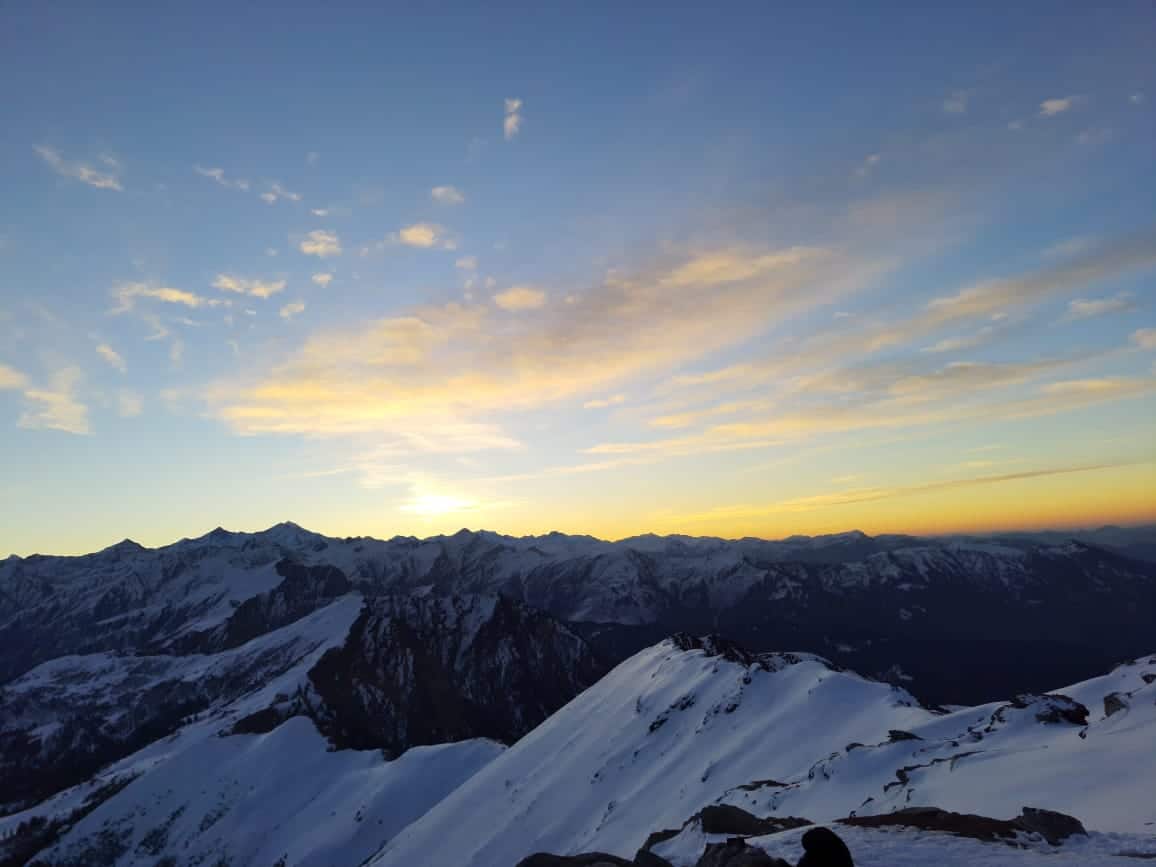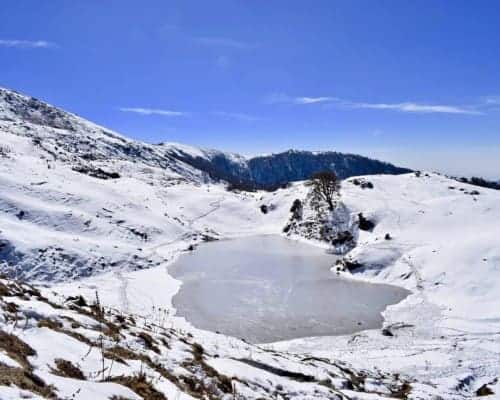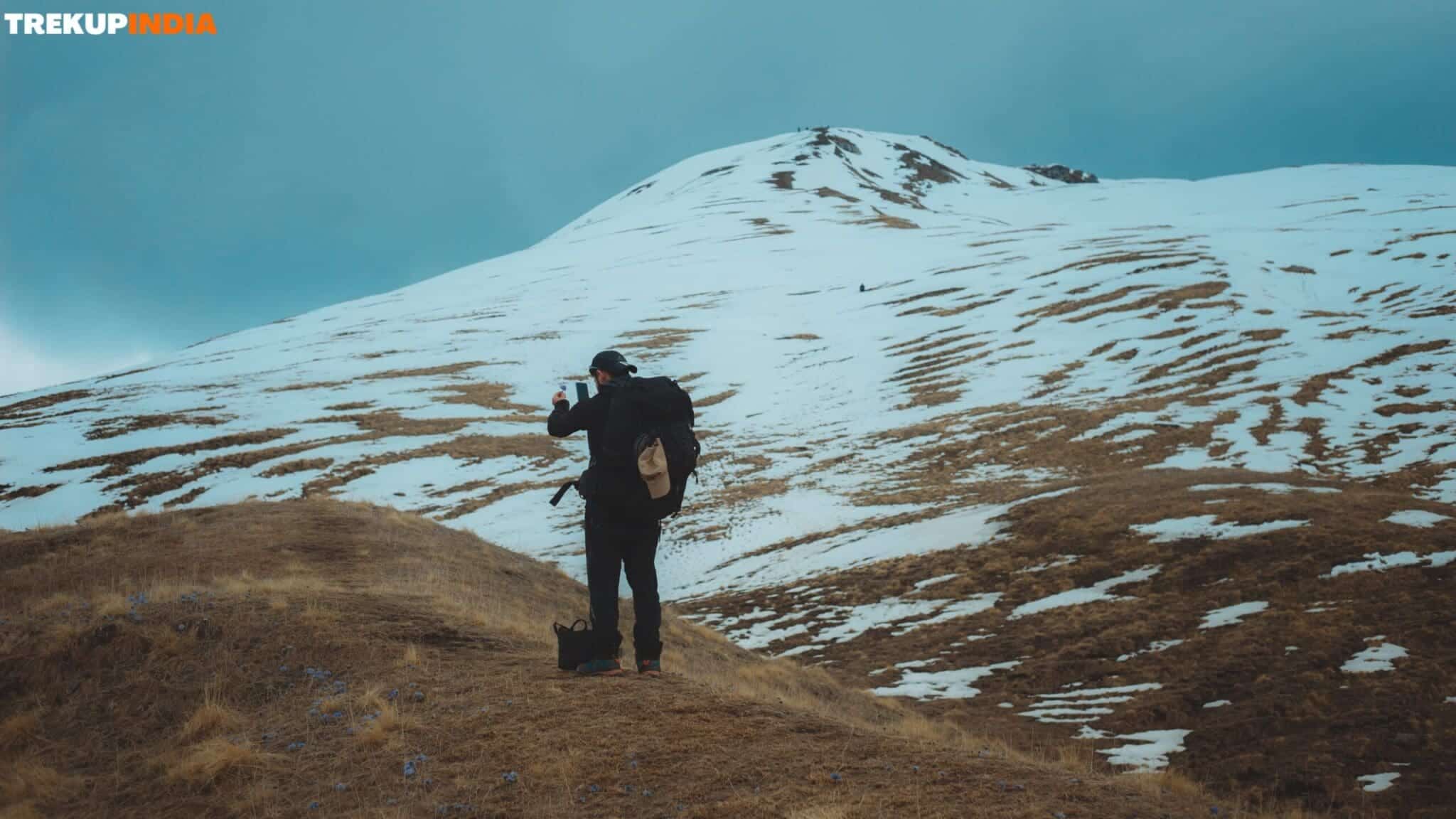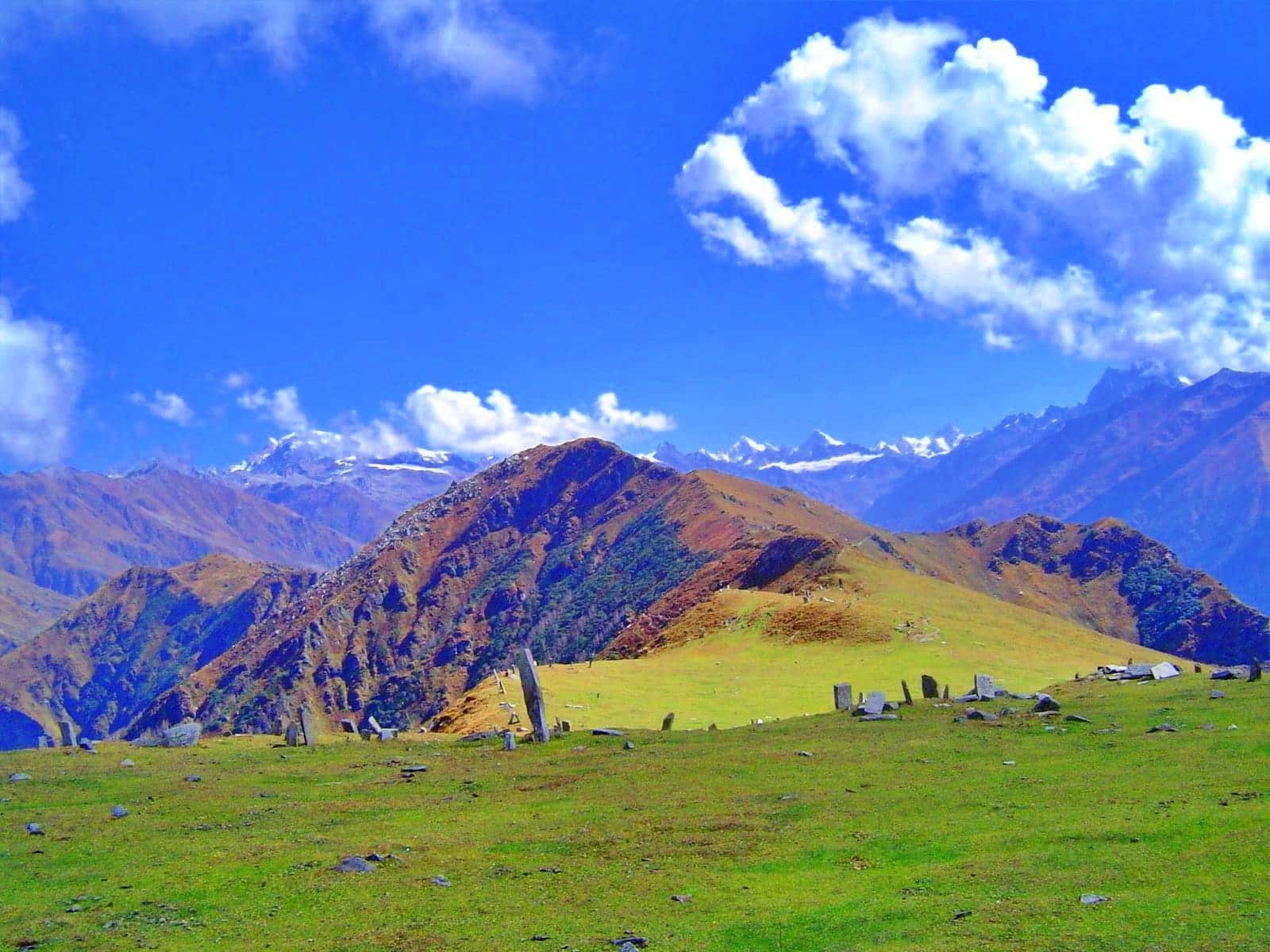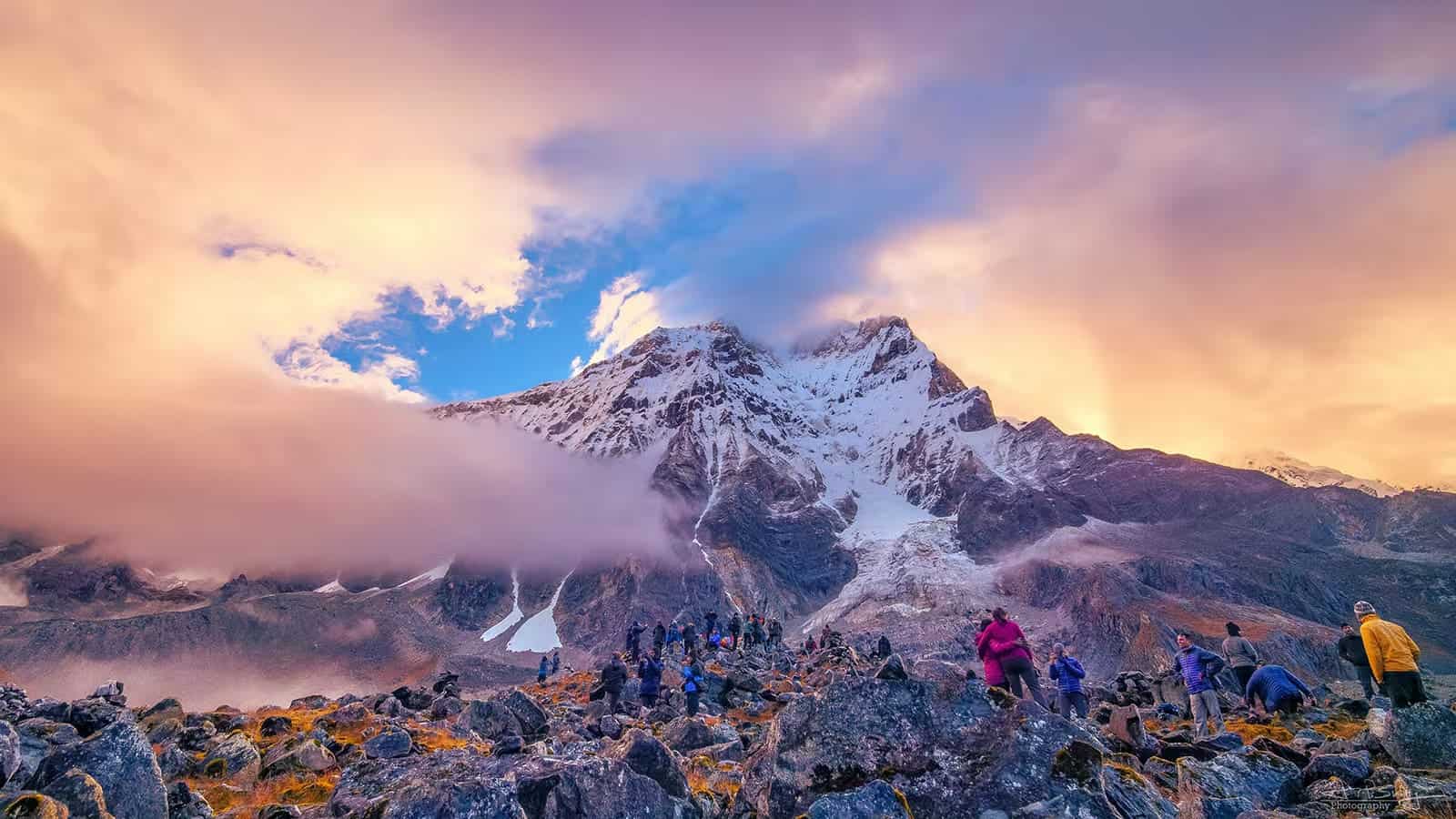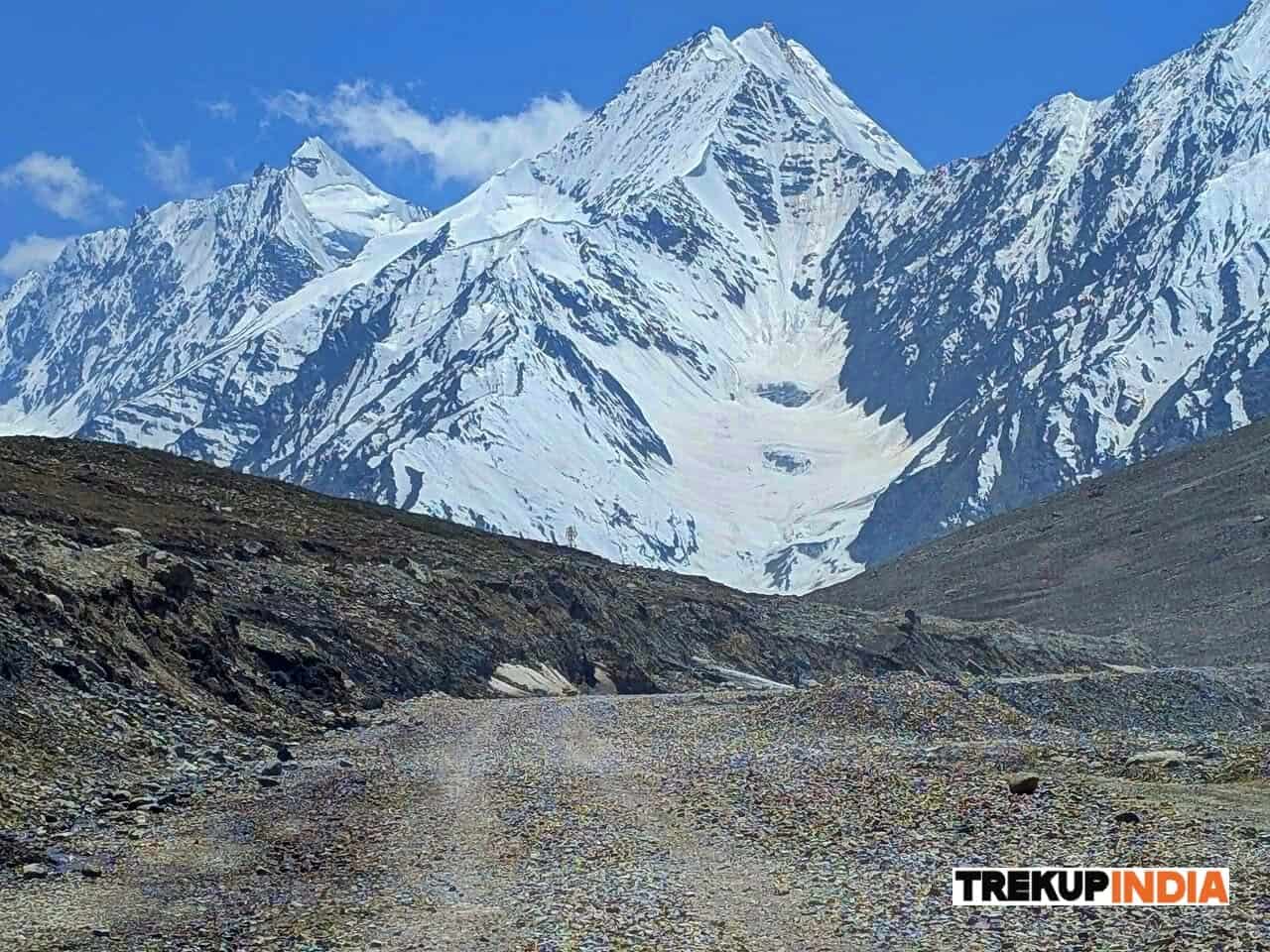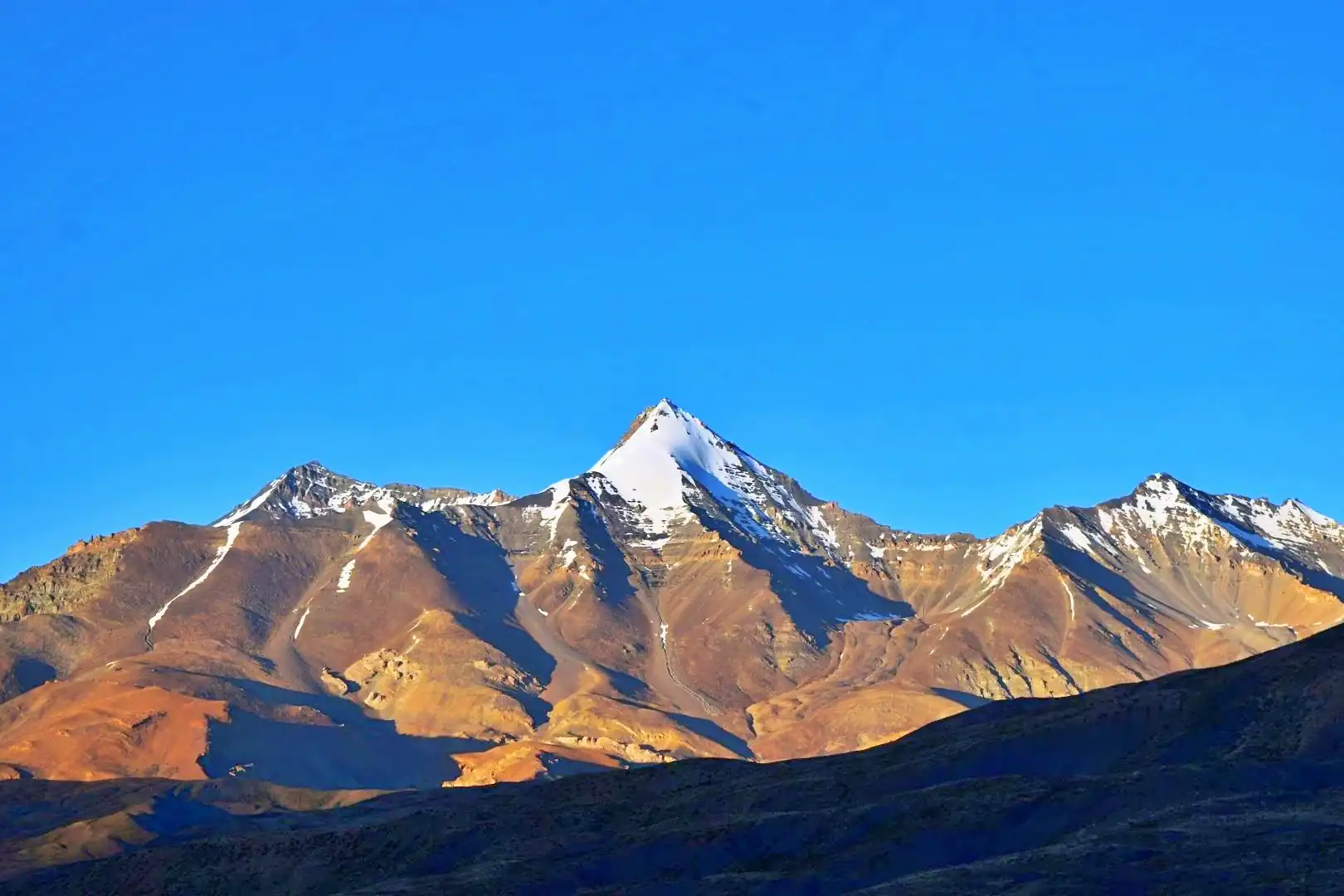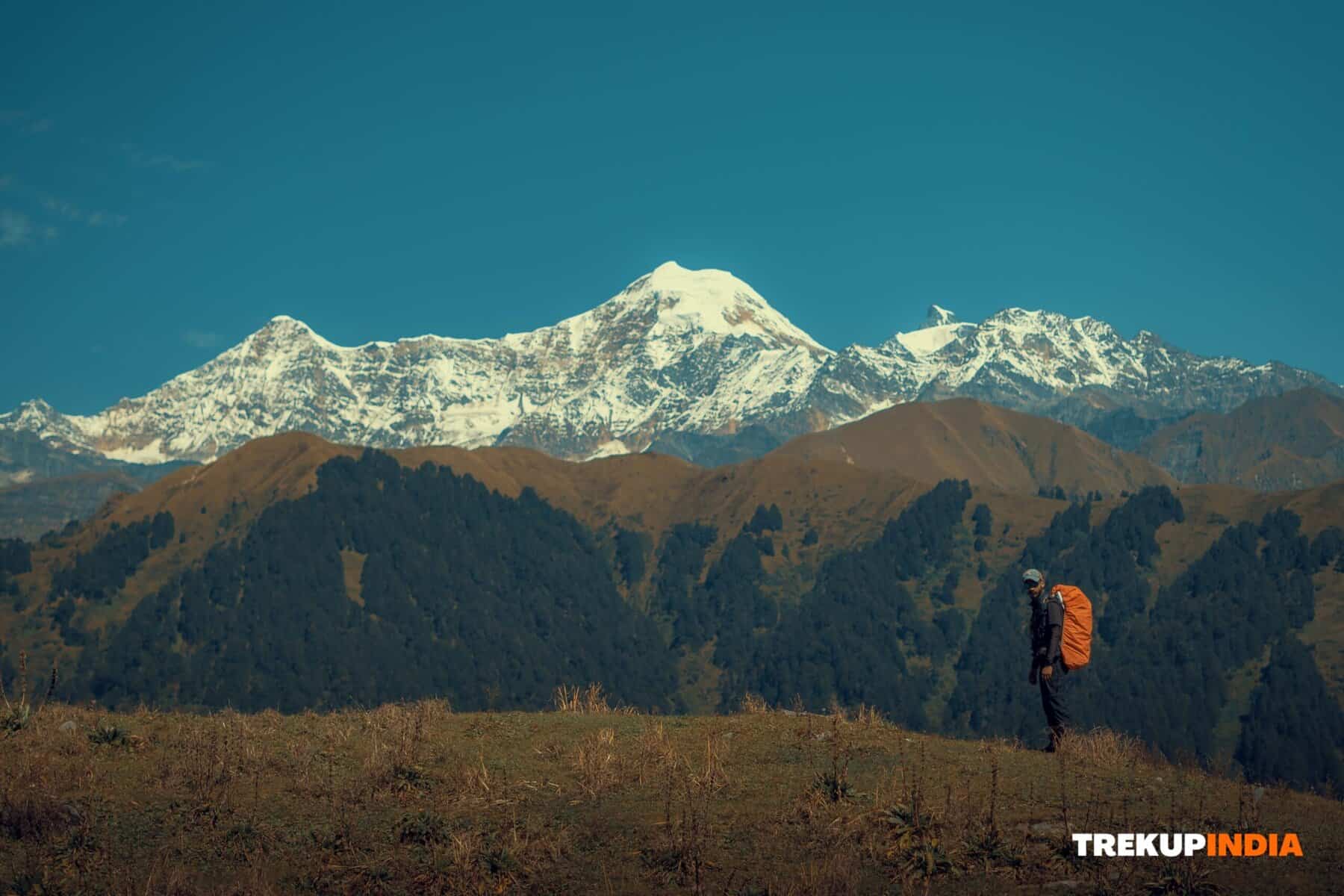Andharban Trek
Andharban Trek
| Region: | Maharashtra |
| Duration: | 1 Day |
| Trek grade: | Easy – Moderate |
| Maximum altitude: | 2,160 ft |
| Best Time to Visit: | Monsoon – Winter |
The Andharban trek is a moderate level hike located 60 km from Pune. It is perfect for those who love the jungle and are willing to face some risks. While on the Andharban Trek, you will walk through dense jungle, with nothing but the sound of nature for company. During the entire trek, you will feel close to nature and the wildlife. The landscape is incredibly beautiful and the forest is very dense. It is an ideal destination for those who want to explore the wilderness.
During the monsoon season, the best time to go on the Andharban trek is from June to September. It can get quite humid during this time. For the best experience, try to do the trek between October and February when there is a morning mist. You’ll be rewarded with a spectacular view of the Kundalika valley. Andharban is the perfect place for a backpacker’s trek, as it is a challenging one.
The trek begins from the Andharban Homestay, which is located at the base of the mountain. You can easily find the start of the trek on Google maps. You can prepare yourself for the journey by packing all your luggage and extra clothes in plastic bags. Besides packing your backpack, you should also pack your rainproof and warm clothing. Be sure to separate your plastic bags, and save your valuables from rain. Wet clothes and wet clothing should be kept in separate plastic bags. However, be careful not to take any addictions with you. In case you do, it is better to leave them with the hotel.
The Andharban Trek is a 14-km long trail that is mostly shaded by thick forests. The trek offers views of the Tamhini Ghat and Kundalika Valley. The Andharban trail is known as a backpacker’s paradise. If you’re looking for an adventure trip, the Andharban trek is an excellent option. With its stunning surroundings and a varied terrain, the Andharban trek is a great way to get into nature.
While the Andharban trek is a fairly easy trek, the weather can change, so make sure to check the weather before you begin the trek. During the monsoon season, the forest is flooded and the trek starts at the Pimpri dam. Then, it continues to the Bhira dam, which is the source of the Kundalika river. This trail is a 14-km round trip.
The Andharban trek is an easy walk in the rainforest. It is a short hike that is mostly downhill and includes three major waterfalls. The entire trek takes ten hours to complete. The trail is mostly flat, but it is essential to wear hiking clothes and a full set of clothes to protect your belongings from the rain. The Andharban trek is a great monsoon adventure in the hills of Maharashtra, and is a unique experience to have.
The Andharban forest is a must-see destination for nature lovers. The lush green hills are home to waterfalls and massive clouds. The Andharban trek starts at a height of 2100 feet and then descends through a valley to reach the Bhira dam. The hike ends at the ending point, and a bus will pick you up. Once you have reached the end of the trail, you can relax.
The Andharban trek is a day-long jungle walk that features spectacular views of the landscape. There are a number of species of birds to be seen as you hike through the jungle. Several types of birds and minivets can be seen. You can also see the Indian giant squirrel. Andharban is a must-do adventure for anyone who loves the jungle. If you are a nature lover, this trek will be a rewarding experience.
The Andharban trek is a day-long hike through a dense forest. The trail is a mix of rocky terrain, shady trees, and meadows. You’ll see gushing waterfalls and mesmerizing streams of water. It’s a monsoon paradise! Andharban is a popular trekking destination in India. But if you are afraid of heights, be prepared for the weather conditions.
Andharban Trek Detailed Trail Information
- Altitude: 2,160 ft
- Time taken: 4-5 hours, 13 km
- Trek gradient: Easy-moderate. Most trails descend, with some flat walks.
- The sources of drinking water are: None. Take at least 3 litres of water.
Andharban is open throughout the throughout the day. It is true that some people consider it an evening trek The only security measure is to bring torchlights and be more cautious on the path. If you’re new to the trek it is advised to trek in the morning, as it’s more difficult to get lost at night, and a tiny mistake could lead you to wander in The Kundalika Valley. It is recommended to leave to Andharban at the beginning of morning and plan your journey to arrive at the starting point at 9 am
The starting point of the trek is approximately 200m away from Pimpri village, in the location known as Independence point, which is near Pimpri Dam. Pimpri Dam. There is no particular marking for the beginning point, however the trail is easily evident. It is possible to ask the nearby villager for directions if you are in need. The path is surrounded by an unfinished chain-link fence. The trekkers must pay an amount in the amount of Rs.50 per person prior to embarking on their journey. There isn’t a permanent counter in the sense of it’s just a temporary shelter however, the charge is legit and trekkers receive an official receipt acknowledging the amount paid.
The trail is essentially an uninvolved U-shaped curve around the backwaters that comprise the Bhira Dam, which is located in the Kundalika Valley. While it’s an uninterrupted drop, the extreme humidity and slippery path make it somewhat difficult. It can take four hours to walk the 13km trail
The trail is completely the dense forest and is far from humans. Be sure to bring small snacks and plenty of for water (at at least 3 liters) because there aren’t sources of drinking water on the trail. As a forest trek, Andharban offers views of wildlife and flora, with numerous species of birds that can be observed, including the Chaatak as well as the Malabar whistling thrush, the dwarf minivets and kingfishers among numerous other species. It is believed that the Indian Giant Squirrel has been reported to be present in the area but sightings are not frequent. The trail continues to the high point of the wall that borders Pimpri Dam. Pimpri dam for around 100 metres before turning left, and then is able to enter an open space. There are paddy fields on both sides. This road will continue for approximately 200m until you come to two tall shrubs. Make a right at this point. The point is easily identifiable by the obvious well-designed route, as well as a signboard indicating the beginning of the trail just a few metres to the left.
This path continues straight for a bit along with the Kundalika valley to the left, and the mountains on the right. This isn’t the point where Andharban begins. The undergrowth gradually gets more thicker as we move more, yet it’s still relatively accessible. Throughout this trek, we come across three main rivers, the most notable of which can be found at the end of the route, after around an hour of walking. The river can get turbulent during monsoons, and could require ropes to cross it. The path picks up at the other bank and then continues for nearly 1.5 kilometers of flat stroll through a twisting path until it reaches another rivulet following an abrupt U-bend. The rivulet is also prone to flow overflowing. But there is a cable at the point of crossing. After a gentle ascent towards the hill (about 10 feet of climbing) The trail then turns through a dark forest and this is where Andharban really begins.
The forest may get very dark, mainly because of fog in the rain The trail is clearly visible and there is little chance of it getting off track. It is important to be aware of leeches. It is recommended to wear long sleeves and full-sleeved clothing. There are markers put up by previous travelers to indicate the trails to avoid. In several locations dead tree logs are arranged horizontally on trails that must be kept clear of. The hike through the thick forest is the most gradual ascents. It goes on for about three kilometers before climbing one small hill. It then opens up into an open, flat area. Plus Valley to the left offers a stunning panorama. This is an ideal spot to build an overnight camp and eat lunch. You can also take a walk for 5 minutes to reach Hirdi the village located close by. Hirdi isn’t a place with many dining options however bathrooms are readily available.
From Hirdi the road is turned right and goes down towards the valley. A gradual descent begins here. The easiest method to recognize the trail is to look for are numerous slippery round stones that mark the path. The descent goes on for nearly 2 kilometers. The trail opens up into a broad plateau (people are camping on the plateau for the night occasionally, but it’s more convenient to walk further to see more views and to stay away from villages). From here the road, once more generally flat path, with the exception that Bhira Dam’s backwaters Bhira Dam can be seen on the left or front side. This section of the trail, though easy, is a bit long. It ends with a wide stream that runs through the entire trail. Although it is wide but is also shallow and easy to navigate even during wet season.
After the river, the road continues straight ahead with a gradual increase in small huts and shops may be found on the left-hand side on the highway. Following the road straight on the path, you will eventually reach Patnus village, and just ahead, Bhira village. Patnus has several lodges available for sleeping over and changing into fresh clothes and also a variety of alternatives for meals (one small dhaba that is owned by the ‘Kulkarni Kaka which is highly recommended). This village serves as the last point of the trek and is also the place where trekkers should ask for their vehicles to meet them to pick up.
The best advice for trekkers is to start the trek at 9 am, or earlier and reach Patnus in the afternoon, before returning to Lonavala at the darkness falls. If you plan to spend the night at Patnus There are numerous hotels and lodges (costing about Rs. 500 per person, on average, that includes food ) as well as some camping spots. Andharban is accessible all the time, but the ideal time to visit is the monsoon season, and also the post-monsoon season, when the fog is settling down within the woods, and the entire area appears clean and lush. While it’s a straightforward journey, Andharban manages to take your senses to an entirely new level.
How to Reach For Andharban Trek
Andharban trek starts at Pimpri village close to Tamhini Ghat. It is located 50 kilometers from Lonavala. It is easily accessible via a private vehicle or by public transportation. State Transport buses travel between Lonavala towards Bhamburde village (around 35 km from the village) From there, you can walk to Pimpri village, which is 14 km away, or book an automobile for a one-way journey. Pimpri village is also reached via private vehicles or by driving to Lonavala toward Tamhini Ghat via the Lonavala-Aamby Valley road, which can take 1.5 hours in an average. You can also use an rickshaw shared by two people (unreliable).
It is best to travel to Andharban by private vehicle that has a driver (which is priced between 1500 and 2000 rupees per vehicle, if you are able to bargain) The trekkers generally depart from the vehicle and follow the path into the valley. The driver brings the vehicle back towards the dam, only to collect the trekkers when they have completed their walk. In rare instances, trekkers can stay at the base of Bhira Dam, and then walk back up the same route the following morning. In theory, one could travel down to Pimpri and park the car at the starting point and then walk back to the beginning point by hailing taxis to Bhira and Patnus village. There arehowever no reliable public transport options for returning from Bhira or Patnus, unless you are able to get a ride. The best choice to travel with is to book a taxi to take you from Mumbai or Pune the city itself. It will cost you between 2300-3000 rupees at the most for four seats in a cab.
Dates For Upcoming Treks
Want To Trek Like Pro?
Basically, watch these videos if you want to trek the same way professional trekkers do and make your skills better. These videos contain useful tips and techniques to further improve your trekking skills itself. These videos actually help both new and experienced trekkers improve their trekking skills. These videos definitely provide useful tips that make your trek better. We are seeing that these videos by Trekup India experts will only help you make your trekking skills better.







Know Everything About Acute Mountain Sickness
Acute Mountain Sickness occurs when people trek to high altitudes above 8,000 feet. This condition itself develops further due to reduced oxygen levels at such heights. Basically, as you go higher up, the air pressure and oxygen levels decrease, which causes the same problem. Acute Mountain Sickness surely causes headache, nausea, vomiting, and dizziness in affected persons. Moreover, peoples also experience difficulty in sleeping during this condition. To avoid mountain sickness, you should actually trek up slowly to higher altitudes. To learn further about this condition itself, watch the videos by Trekup India.





